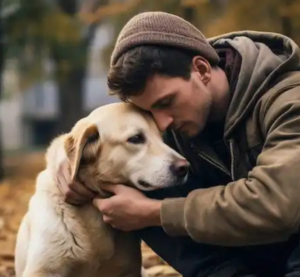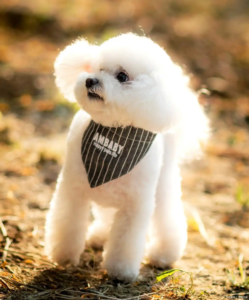In the face of an emergency situation where a dog cannot urinate, as a pet owner, the first step is to remain calm and take appropriate measures quickly to alleviate the dog’s pain and avoid worsening of the condition. Here are some emergency measures aimed at helping dogs recover their urination function as soon as possible.
- Confirm symptoms and causes
Firstly, it is necessary to carefully observe the behavior and physical condition of the dog to confirm whether there is really a problem of not being able to urinate. Dogs may frequently pose to urinate, but no urine is discharged, or only a small amount of urine is discharged. The urine color may be darker or have an odor. - Increase drinking water
Increasing the water intake of dogs is one of the primary steps. Drinking plenty of water can help flush the urethra, alleviate inflammation and blockage caused by stones. You can add some honey or pet specific health supplements to your dog’s drinking water. - Abdominal massage and hot compress
Gently massage the dog’s abdomen, especially the bladder area, to help relax muscles and promote urination. When massaging, pay attention to moderate intensity to avoid excessive force causing discomfort to the dog. In addition, a hot towel or hot water bag can be used to apply hot compress to the bladder area. - Create a quiet environment
When a dog urinates, try to create a quiet and private environment to minimize external interference. Some dogs may have difficulty urinating due to nervousness or fear, so maintaining a quiet and comfortable environment is particularly important for promoting urination. - Attempt to induce urination
If conditions permit, you can try using the dog’s preferred urination location or method to induce urination. For example, if a dog is used to urinating on outdoor grass, it can be taken outdoors and patiently waited for. Sometimes, dogs are more likely to relax and urinate in familiar environments. - Seek medical attention promptly
If none of the above methods can alleviate the symptoms of the dog’s inability to urinate, or if the dog experiences severe symptoms such as obvious pain, vomiting, and loss of appetite, it should be taken to a pet hospital for medical treatment immediately. - Daily prevention and care
In order to prevent dogs from experiencing difficulty urinating again, pet owners should strengthen daily care and prevention work. Firstly, it is important to ensure that the dog’s diet is balanced and healthy, and to avoid feeding too much dry, stone prone food.
In short, when faced with an emergency situation where a dog cannot urinate, pet owners should remain calm and take appropriate measures to handle it. At the same time, it is necessary to strengthen daily care and prevention work to ensure the health and happiness of dogs.






